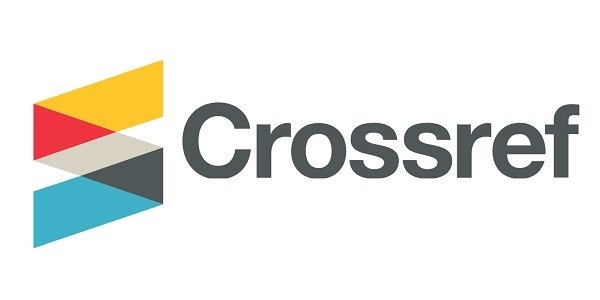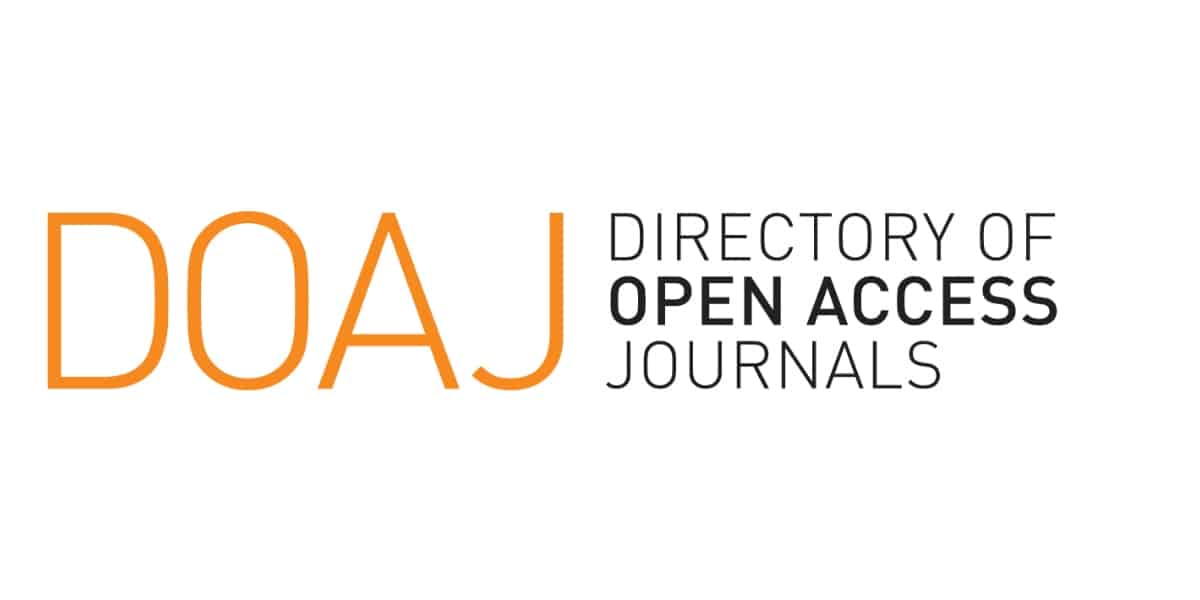KINERJA KARBON AKTIF DARI KULIT SINGKONG DALAM MENURUNKAN KONSENTRASI FOSFAT PADA AIR LIMBAH LAUNDRY
DOI:
https://doi.org/10.24961/j.tek.ind.pert.2020.30.2.180Abstract
Cassava peel has high carbon content. It becomes potential as an adsorbent in adsorbing laundry phosphate compounds. Utilization of cassava peel into activated charcoal is an effort to reduce waste from the cassava processing industries. This study used two types of activated carbon from cassava peel, i.e. acid activated charcoal using HCl 0.4 M and alkaline activated charcoal using KOH 0.4 M. The objectives of this research were to determine: (1) the optimum contact time of adsorption at 30, 60, 90, 120, 150, and 180 min treatment time; (2) the optimum pH value of adsorption at pH 4, 6, 8, and 10; and (3) the adsorption capacity using adsorbent concentration treatment of 0.5%, 1%, 1.5%, 2%, and 2.5% (w/v). The experimental design used was a Single Factor Randomized Block Trial Design, ANOVA-DNMRT statistical analysis, and linear graphic for descriptive analysis. The analysis of the activated charcoal showed that water contents of the acid activated charcoal and the alkaline activated charcoal were 3.49% and 2.89%, respectively; the ash contents were 6.78% and 9.03%, respectively. The water content and ash content meet the standard of SNI 06-3730-1995. The performance test showed that the optimum contact time and pH of acid activated charcoal were 30 min and pH 4, while the alkaline activated charcoal was 90 min and pH 6. The adsorption capacity of acid active charcoal was 0.26 mg/g and the adsorption capacity of alkaline active charcoal was 0.49 mg/g. Activated carbon from the cassava skin can be used as an adsorbent to reduce phosphate concentrations in laundry waste.
Keywords: activated charcoal, adsorption, cassava peel, laundry waste, phosphate


_page-00013.jpg)






_(1).png)
